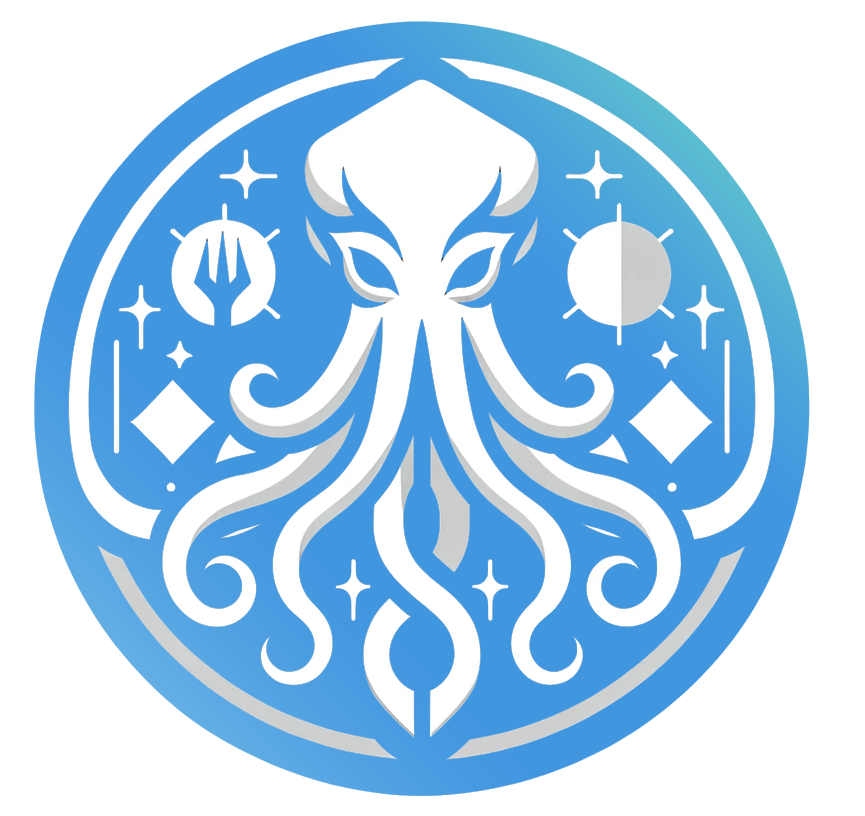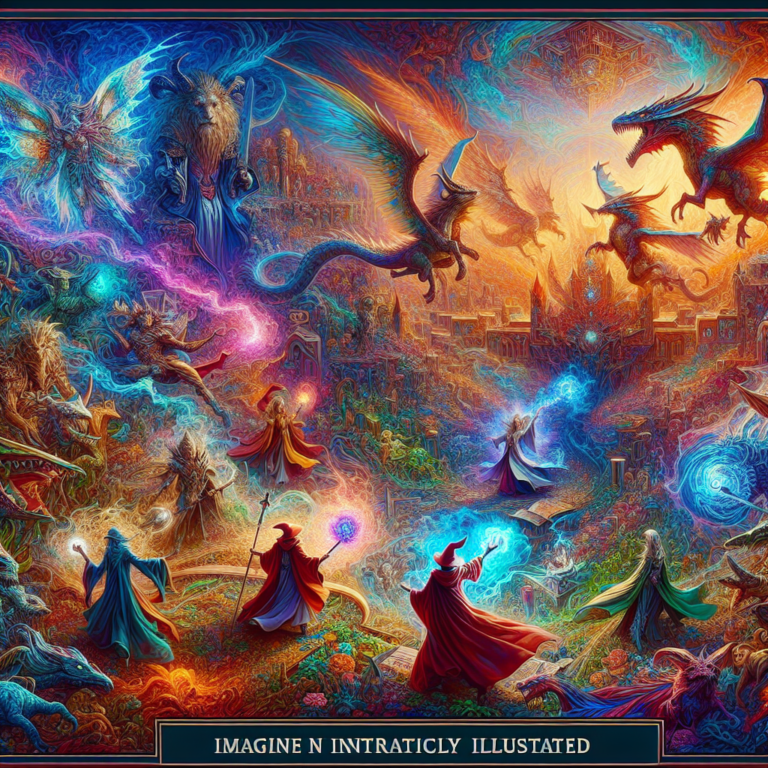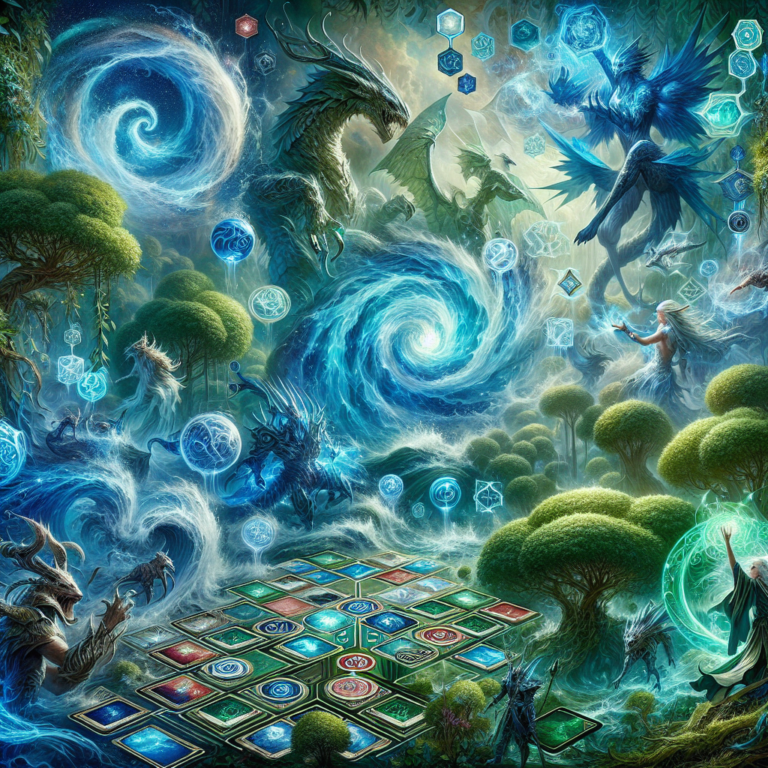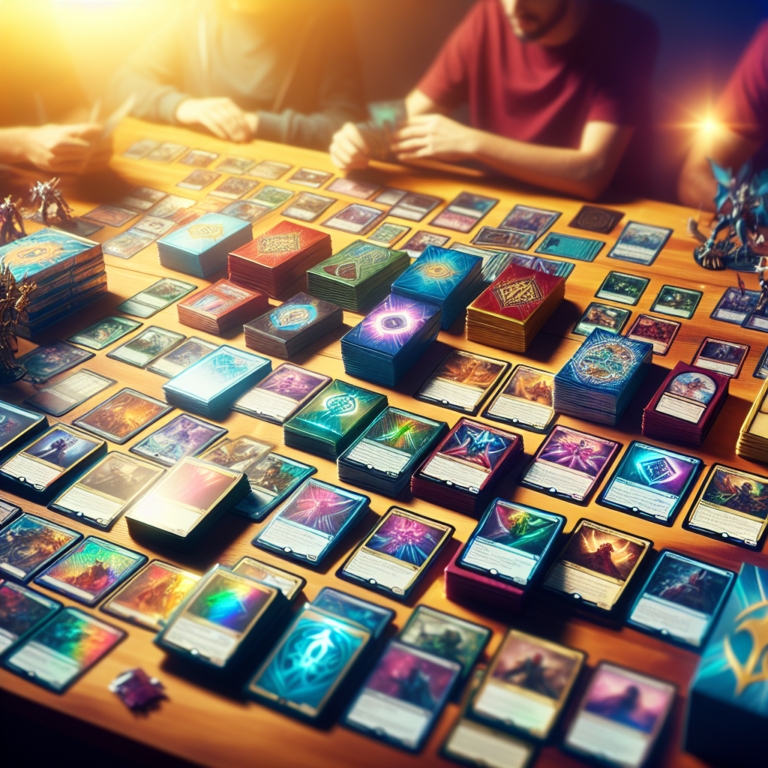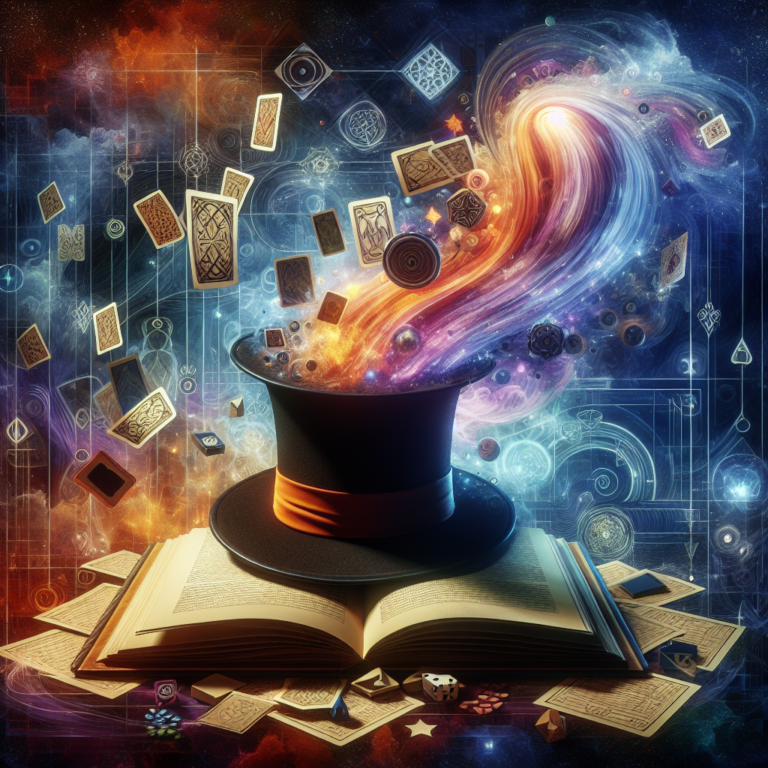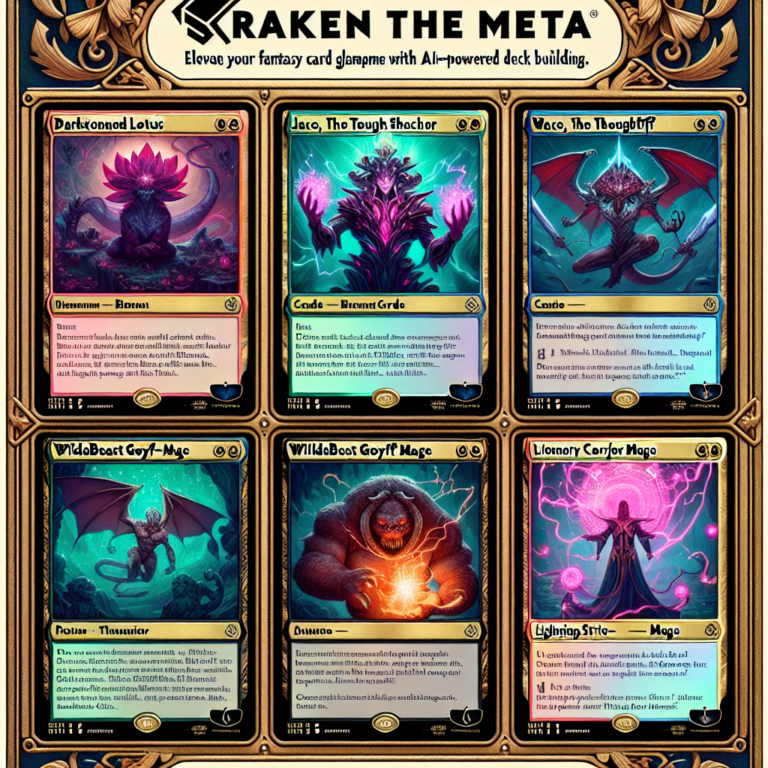Magic The Gathering Beginner Deck: Start Strong Today
Magic: The Gathering (MTG) is a thrilling and complex trading card game that can be overwhelming for beginners. However, starting with the right beginner deck can make a world of difference in your journey. This guide will help you build a “magic the gathering beginner deck,” providing you with essential strategies, tips, and tools like KrakenTheMeta to enhance your MTG experience.
Understanding MTG Deck Basics
Before diving into specific beginner deck recommendations, it’s important to understand the basics of MTG deck construction. A standard MTG deck contains 60 cards, typically broken down as follows:
- 24 Lands: The foundation of your deck, providing the mana needed to cast spells.
- 20-25 Creatures: Your primary means of attacking and defending.
- 10-15 Spells: These can be instants, sorceries, enchantments, or artifacts that provide various effects.
Key Strategies for Building a Beginner Deck
1. Focus on a Single Color
For beginners, it’s advisable to start with a mono-colored deck. This simplifies mana management and allows you to become familiar with the strengths and weaknesses of one color at a time. Here are some characteristics of each color:
- White (Plains): Known for small, efficient creatures and life gain.
- Blue (Islands): Excels in card draw, counterspells, and control strategies.
- Black (Swamps): Specializes in creature destruction, discard effects, and life drain.
- Red (Mountains): Focuses on direct damage, fast creatures, and aggression.
- Green (Forests): Features large creatures, mana acceleration, and creature buffs.
2. Maintain a Balanced Mana Curve
A well-balanced mana curve ensures that you have plays to make at each stage of the game. This means having an appropriate mix of low-cost, mid-cost, and high-cost cards. Generally, your deck should have:
- 1-2 Mana Cost: 8-12 cards
- 3-4 Mana Cost: 10-15 cards
- 5+ Mana Cost: 3-6 cards
3. Playtesting and Iteration
Once you’ve constructed your deck, it’s crucial to playtest it. Playing against friends or using tools like KrakenTheMeta for deck analysis can provide valuable insights. Playtesting helps you identify weak points and areas for improvement.
Using KrakenTheMeta for Building Your Beginner Deck
KrakenTheMeta is an invaluable resource for MTG players, offering comprehensive tools for deck building, analytics, and community engagement. Here’s how you can leverage KrakenTheMeta as a beginner:
Deck Building Tool
KrakenTheMeta’s deck builder is user-friendly and allows easy addition and organization of cards. You can analyze your deck composition, ensuring a balanced mana curve and card distribution. The deck builder also provides suggestions for improvements based on analytics.
Card Database Access
Access an extensive database of MTG cards on KrakenTheMeta. Stay updated on new sets, card rulings, and printings. This feature is particularly useful when selecting cards to include in your beginner deck.
Analytics and Statistics
KrakenTheMeta offers detailed analytics and statistics for your decks. You can view performance metrics and compare your deck’s effectiveness against others. This helps in refining your deck to make it more competitive.
AI Integration
One of KrakenTheMeta’s unique features is its AI integration. Use the AI to generate deck suggestions tailored to your preferences and playstyle. The AI can also “roast” your deck for fun, providing humorous critiques that can be shared socially.
Example Beginner Deck: Mono-Red Aggro
To give you a concrete starting point, here is an example of a mono-red aggro deck, which is known for its simplicity and effectiveness for beginners:
- 24 Mountains
- 4 Shock – Instant damage spell
- 4 Lightning Bolt – Another powerful instant damage spell
- 4 Goblin Guide – Efficient, aggressive creature
- 4 Monastery Swiftspear – Fast creature with prowess
- 4 Burning-Tree Emissary – Can help flood the board with creatures quickly
- 4 Hellrider – Provides additional damage when attacking
- 4 Flame of Keld – Provides additional card draw and damage boost
- 4 Chandra’s Phoenix – Recurring creature with flying
Conclusion
Building a “magic the gathering beginner deck” doesn’t have to be daunting. By focusing on a single color, maintaining a balanced mana curve, and leveraging tools like KrakenTheMeta, you can create a competitive and enjoyable deck. Playtesting and continuous iteration will help you refine your deck, making you a stronger MTG player. Happy gaming!
